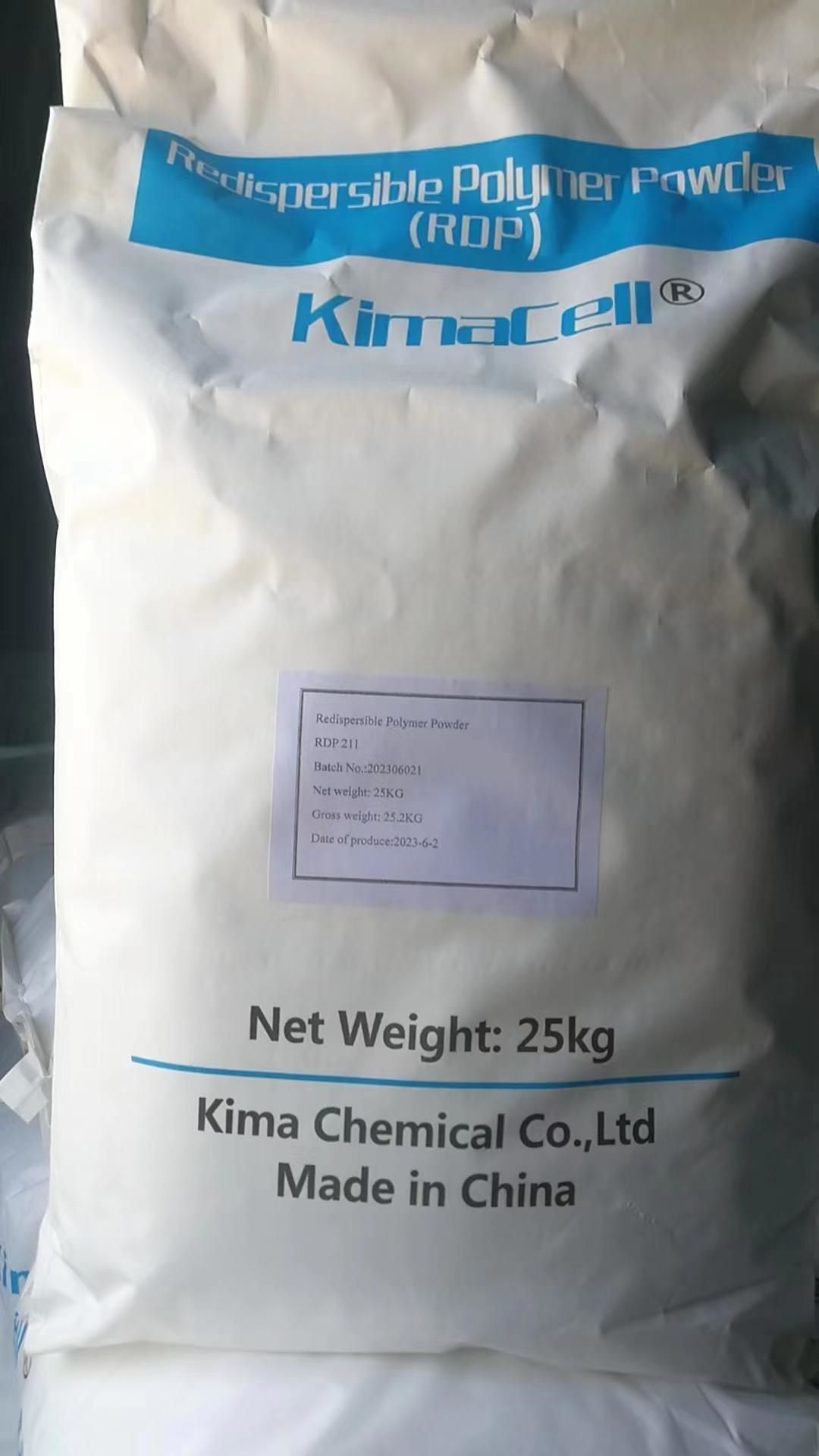How does redispersible polymer powder affect the flexibility of mortar?
How does redispersible polymer powder affect the flexibility of mortar?
The admixture has a good effect on improving the performance of building dry-mixed mortar. Redispersible latex powder is made by spray drying of special polymer emulsion. The dry polymer powder is some 80~100mm spherical particles gathered together. These particles are easily soluble in water, form a stable dispersion slightly larger than the original emulsion particles, and form a film after dehydration and drying.
Different modification measures make the redispersible latex powder have different properties such as water resistance, alkali resistance, weather resistance and flexibility. Redispersible latex powder for mortar can improve the impact resistance, durability, wear resistance, construction convenience, bond strength and cohesion, weather resistance, freeze-thaw resistance, water resistance, flexural strength and resistance of mortar folding strength. As long as the cement-based material containing latex powder is in contact with water, the hydration reaction will start, and the calcium hydroxide solution will soon be saturated and crystallize. Simultaneously, ettringite crystals and calcium silicate hydrate gels are formed. Solid particles are deposited on the gel and unhydrated cement particles. As the hydration reaction progresses, the hydration products increase, and the polymer particles gradually gather in the capillary pores, forming a dense accumulation layer on the gel surface and unhydrated cement particles. The aggregated polymer particles gradually fill the pores.
Redispersible latex powder can improve the bending strength and bonding strength of mortar because it can form a polymer film on the surface of mortar particles. There are pores on the surface of the film, and the surface of the pores is filled with mortar, which reduces the stress concentration. And it will relax without breaking under the action of external force. In addition, the mortar forms a rigid skeleton after the cement is hydrated, and the polymer in the skeleton has the function of movable joints, similar to the tissues of the human body. The membrane formed by the polymer can be likened to joints and ligaments, thus ensuring the elasticity and flexibility of the rigid skeleton.
In the polymer-modified cement mortar system, the continuous and complete polymer film is interwoven with the cement paste and sand particles, making the whole mortar finer, and at the same time making the whole an elastic network by filling capillaries and cavities. Therefore, the polymer film can effectively transmit pressure and elastic tension. The polymer film can bridge the shrinkage cracks at the polymer-mortar interface, heal the shrinkage cracks, and improve the sealing and bonding strength of the mortar. The presence of highly flexible and highly elastic polymer domains increases the flexibility and elasticity of the mortar, providing cohesion and dynamic properties to the rigid skeleton. When an external force is applied, the microcrack growth process is delayed until a higher stress is reached due to the increased flexibility and elasticity. The interwoven polymer domains also act as a barrier for microcracks to merge into penetrating cracks. Therefore, the redispersible polymer powder increases the failure stress and failure strain of the material.
